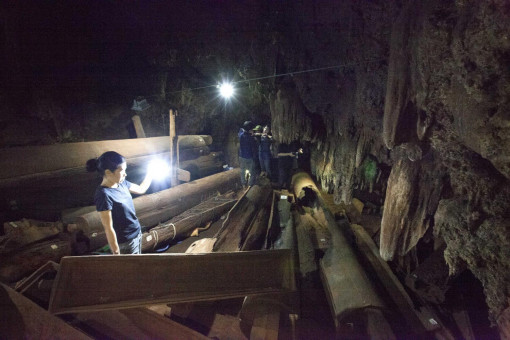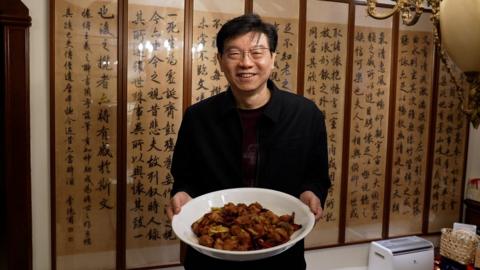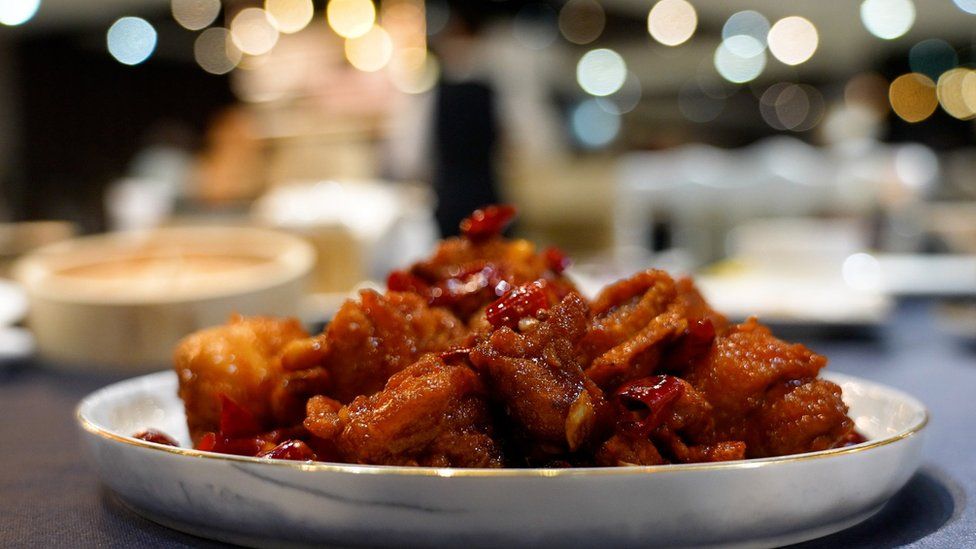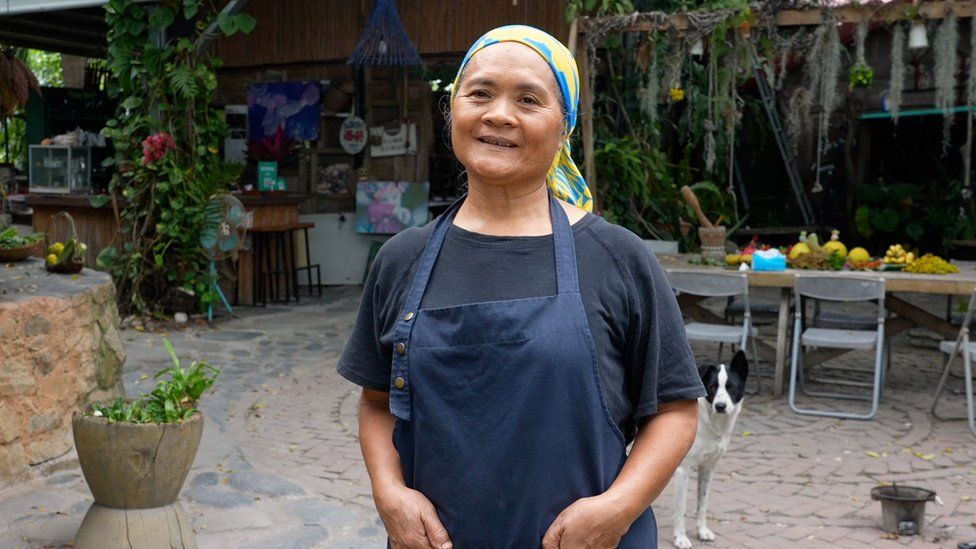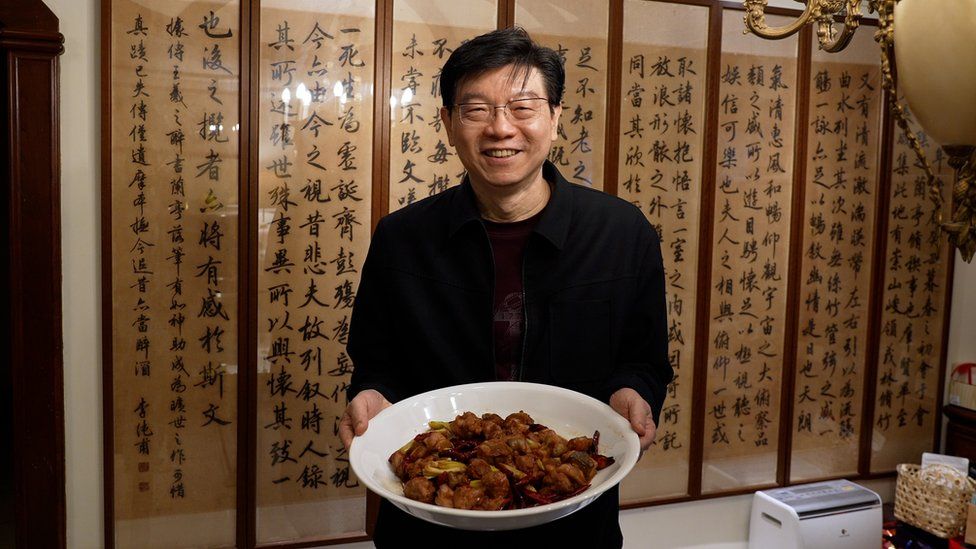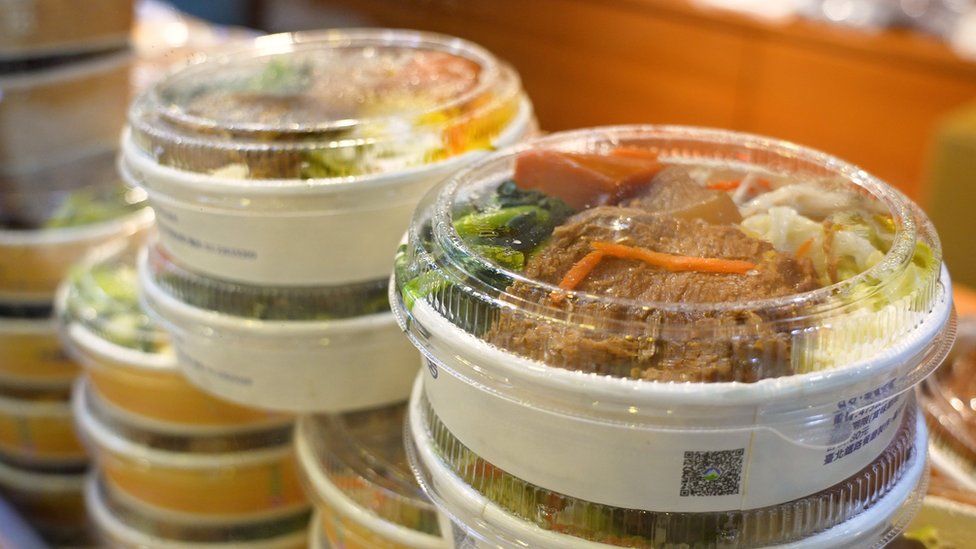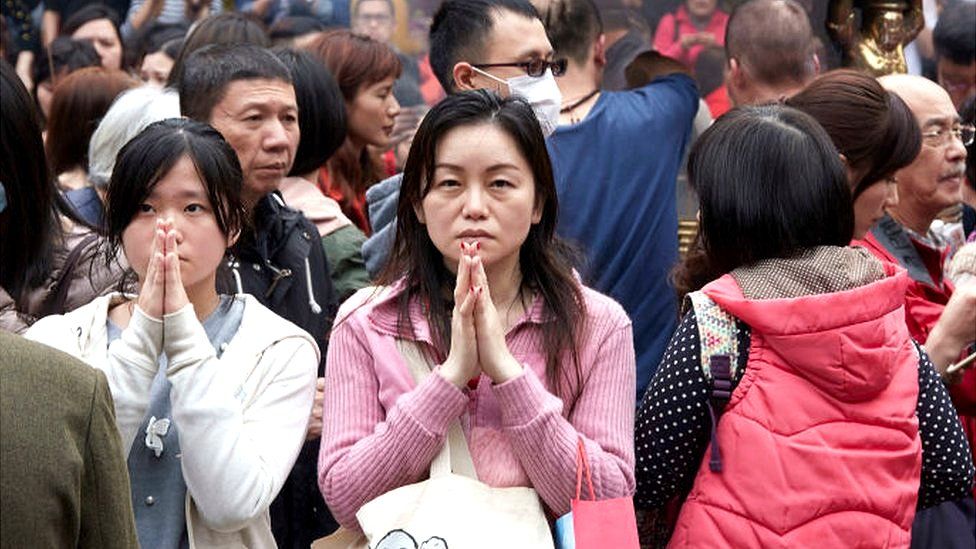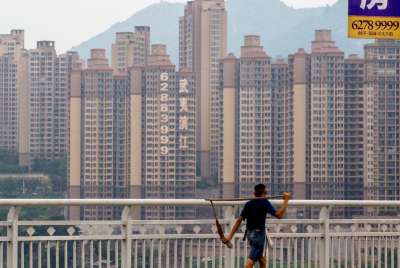The dating guru to my girlfriends: I help them find love on dating apps, from editing profiles to ‘secondhand swiping’

When I was a 22-year-old on a university exchange programme in the United Kingdom, a friend shared that she wanted to start dating using MuzMatch (now called Muzz), a Muslim marriage and dating app.
She was single and not looking for anything particularly serious. It was also her first go at online dating, and she asked if I would be her sidekick on her journey. This meant helping her create her profile and being with her at the “swipe” stage. I knew how nervous and excited she was, so I said yes.
I helped her choose the photos for her profile and even suggested what she could include in her bio that would allow her personality and preferences to shine through. She only had two musts: We had to mention the K-pop band BTS somewhere, and her love for internet memes had to be clear.
We would Skype each other (see, this was before Zoom was ever a thing) and I’d say “left” or “right” as she went through the profiles of different men.
This is called “secondhand swiping”, where I decide who my friends might match with based on what I know about their preferences, and how well I know them.
She ended up meeting three guys, none of whom went beyond a simple dinner or walk in a park. The experience itself was fun and revealing for both of us, and it brought us closer as friends.
2. FIGURING OUT WHAT MY GIRLFRIENDS WANT AND WEEDING OUT THE RED FLAGS


